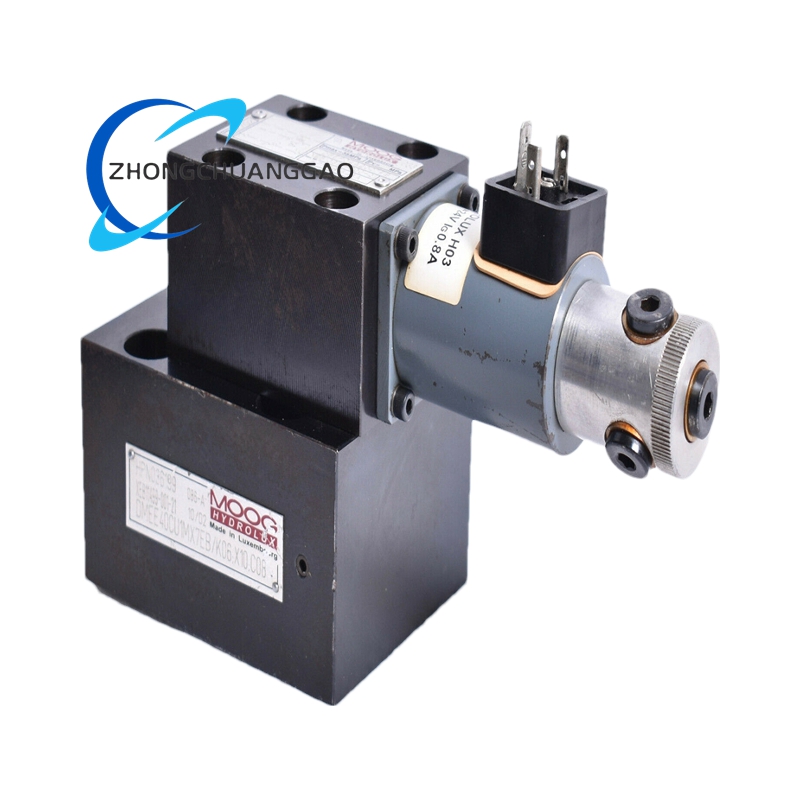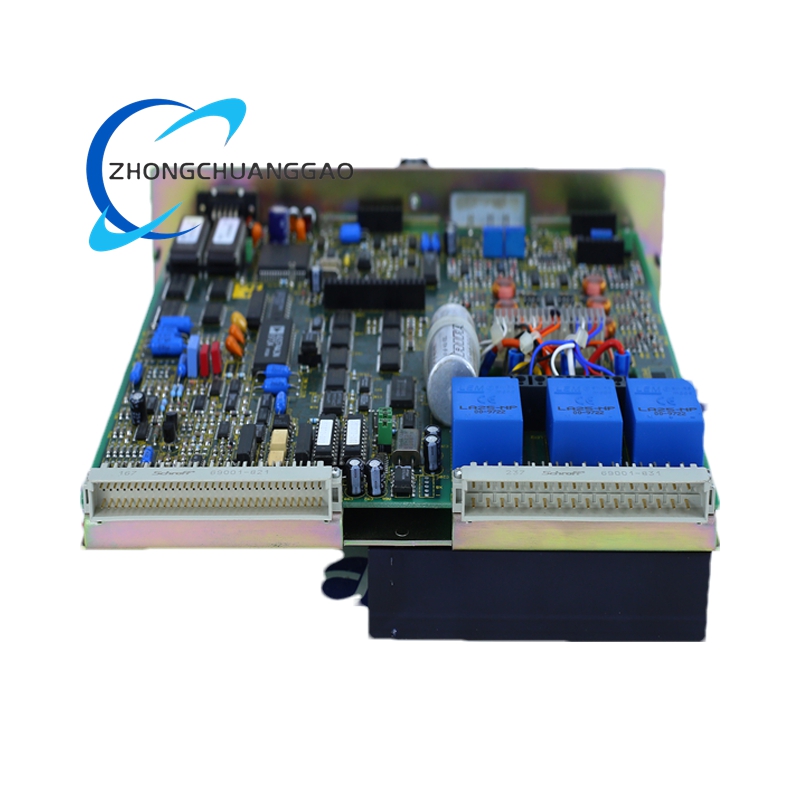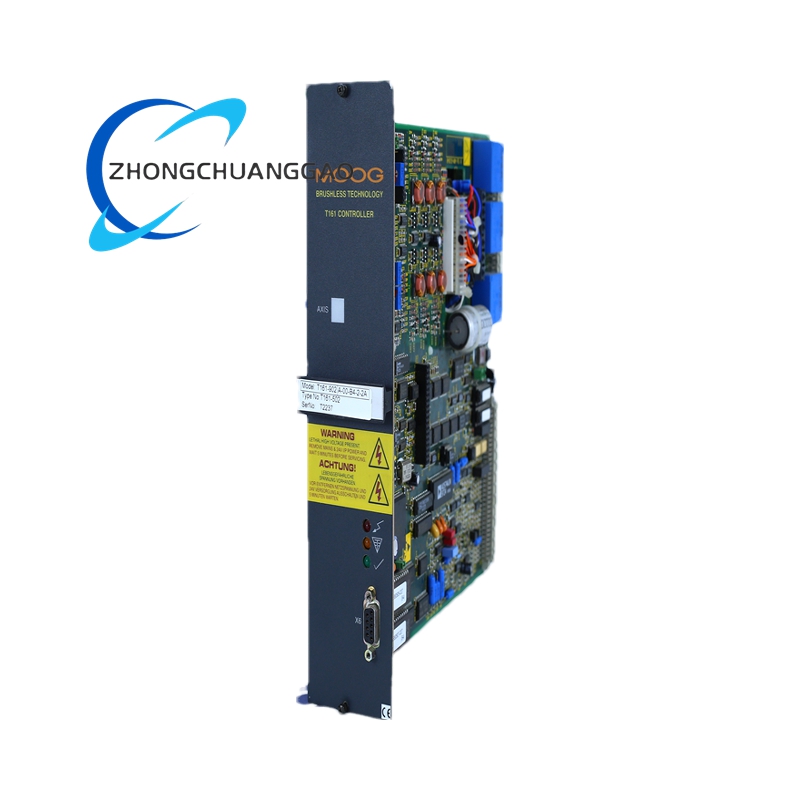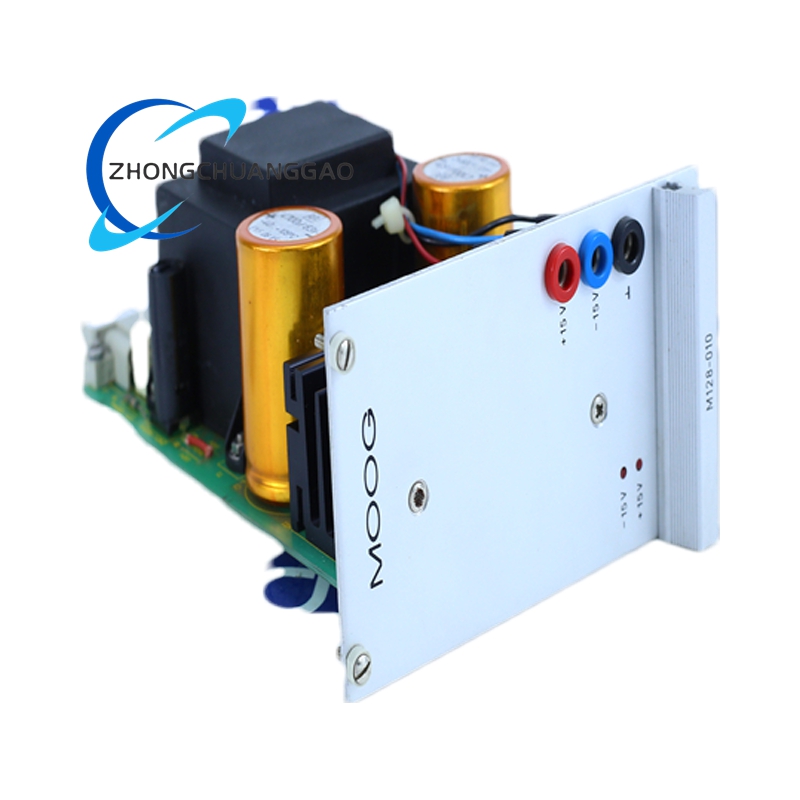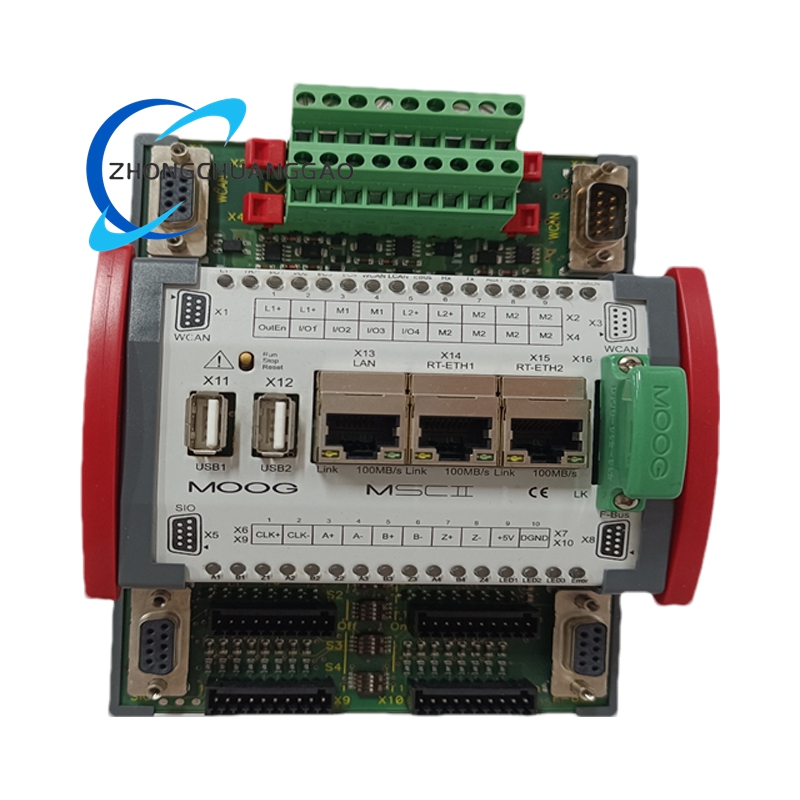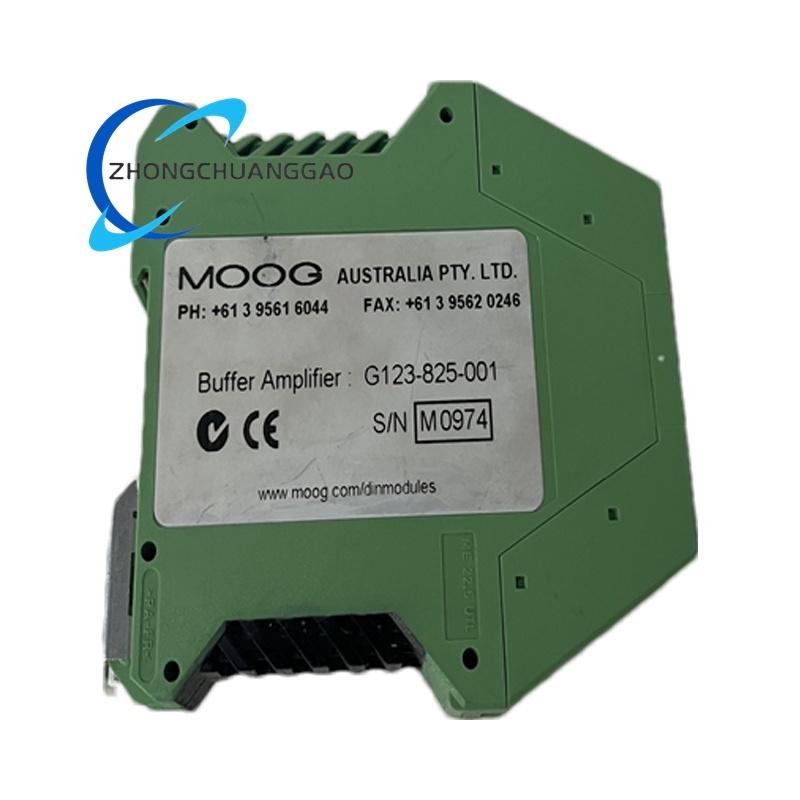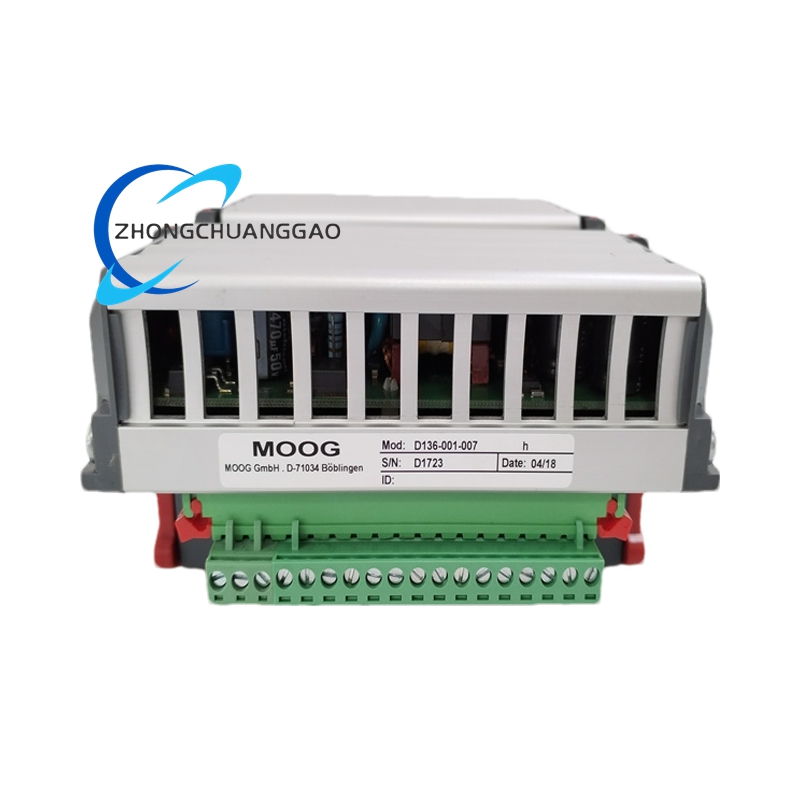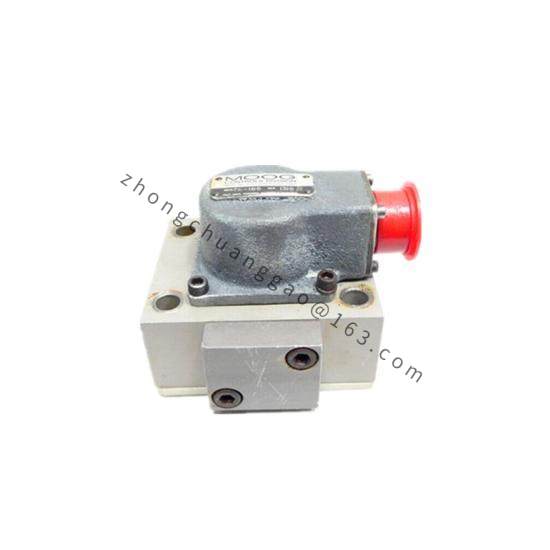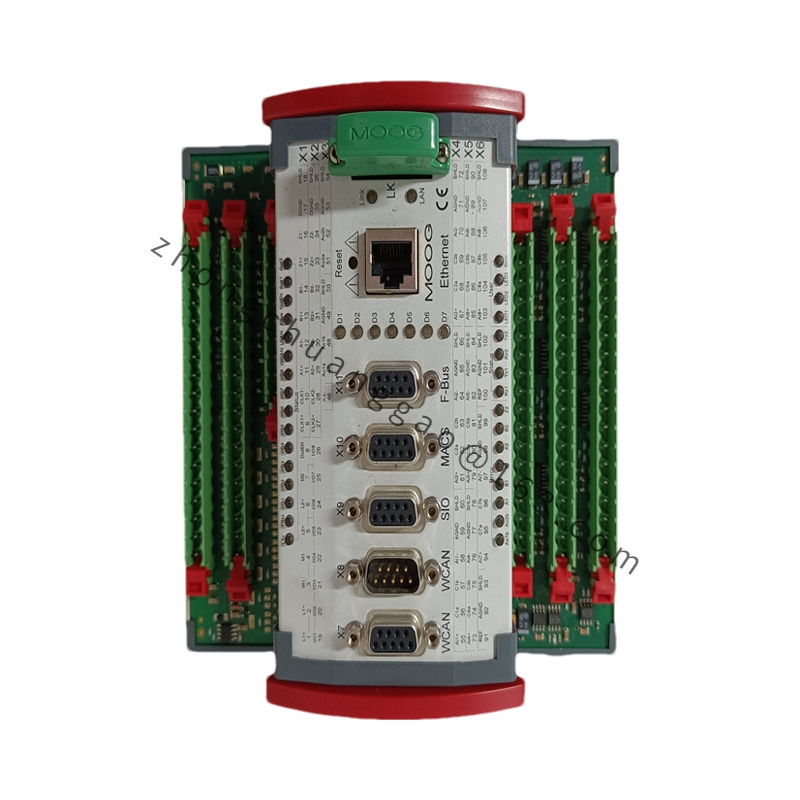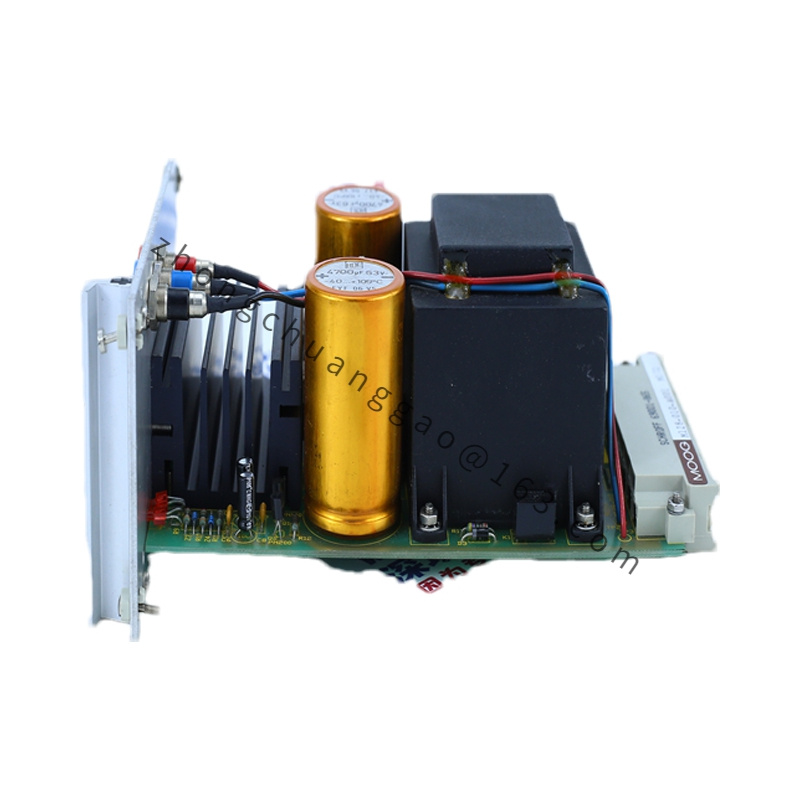Moog G761-3001B Flow Control Servo Valve
- Product Introduction: The G761-3001B is a high-performance two-stage flow control servo valve, which is a throttle valve suitable for three-way and four-way applications. The output stage is a closed-center four-way sliding valve, and the pilot stage is a symmetrical double-nozzle flapper driven by a double air gap dry torque motor. The spool position is mechanically fed back through a cantilever spring. The valve design is simple and sturdy, ensuring reliable and long-term operation.
Detailed content
- Technical Specifications: The maximum operating pressure of ports P, T, A, B, X is 315 bar (4500 psi). The rated flow rate is 4-63 l/min (1-16.5 gpm) at 35 bar (500 psi) valve pressure drop per spool land. The maximum main stage leakage flow rate (zero overlap) is 2.3 l/min (0.60 gpm). The zero adjustment range is more than 10% of the rated flow rate. The applicable hydraulic oil complies with DIN 51524 Parts 1 to 3 and ISO 11158. The temperature range is -40 to +60 °C (-40 to +140 °F). The recommended viscosity range is 10 to 97 mm²/s (cst), and the maximum allowable viscosity range is 5 to 1250 mm²/s (cst). The recommended cleanliness level complies with ISO 4406: 17/14/11 for functional safety and 15/13/10 for longer service life.
- Functional Characteristics: The nozzle-flapper pilot stage technology provides high dynamic performance, high resolution and low hysteresis. The high spool driving force and sturdy design ensure long-term operation. The compact design makes it applicable to occasions with limited installation space. It has high control precision and can stably work even in harsh industrial environments.
- Application Scenarios: Suitable for electro-hydraulic position, speed, pressure or force control systems requiring high dynamic response. It is widely used in industrial fields such as machine tools, printing machinery, textile machinery and robotics. For example, in the control system of precision machine tools, it is used to control the movement of the spindle and feed mechanism; in the robot joint control, it provides precise hydraulic power to ensure the flexibility and accuracy of the robot’s movement.

